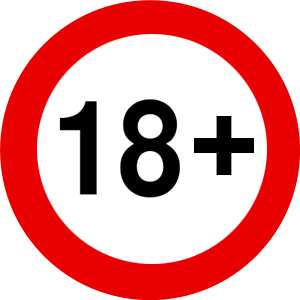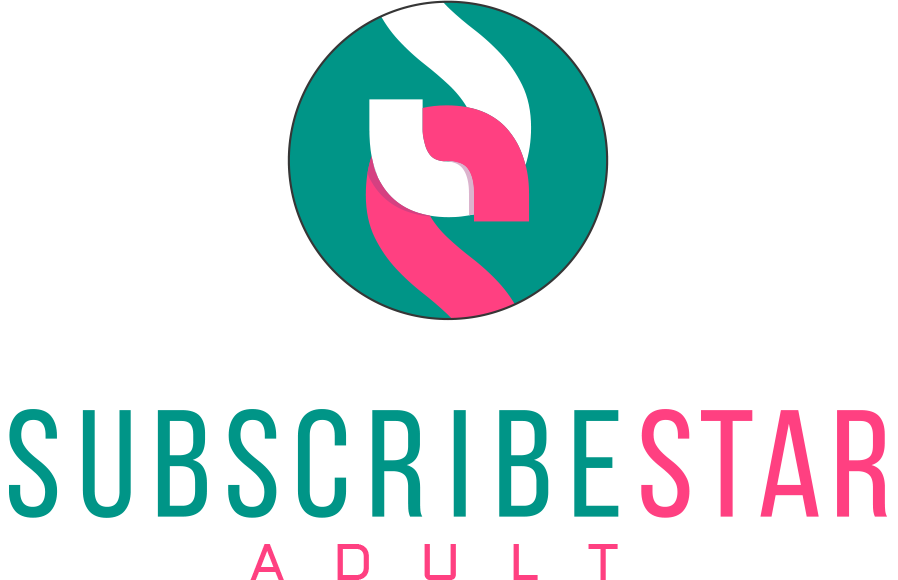3d Rendering and Post-Processing Practice!

Heya floofs! Last week I practiced scene staging (setting up props and characters), lighting and rendering using Daz Studio and NVIDIA Iray. I wanted to make a cute and simple story scene of Grandma making cookies and sharing them with Scamp the fox!! :}}
It was also a great opportunity to practice post-processing to see how far I could push a rendered image in Photoshop and Luminar 4 (the latter is a lot like Adobe Lightroom. Both Luminar and Lightroom are typically used for photography touch up.)
First, I started with an empty kitchen scene in Daz 3d and chose the camera angle, lighting, props, characters, and placement. Did some test renders to help me refine things, then ran errands while the full render ran for a few hours.

The result wasn't terrible, but it definitely created some opportunities to better communicate the story. Rather than wrangle it further in 3d, I took this foundation into my post-processing software to see if I could improve on it faster. Here's some of my thinking!


I mainly used Luminar for improving colors and contrast, since it combines AI enhancements with manual touch-ups I can quickly eyeball. Once everything was feeling brighter and warmer, I hopped into Photoshop and used a combination of masks, blurs, adjustment layers and hand-painted details to work down my list of potential fixes and push more attention onto Scamp and Grandma. I even grabbed a real photo and overlayed skin texture onto Grandma's arm! The result is a clear improvement on the original render.
This stuff is good practice for 3d rendering in general, including for illustration paintovers, web comics or visual novels. I'm hoping it helps train my eye to watch for certain kinds of detail, which could then help me with hand-drawn art as well. The scene staging practice has application in everything from 2d art to games to eventual 3d short films. The more crossover, the better the learning time is spent. ^^






